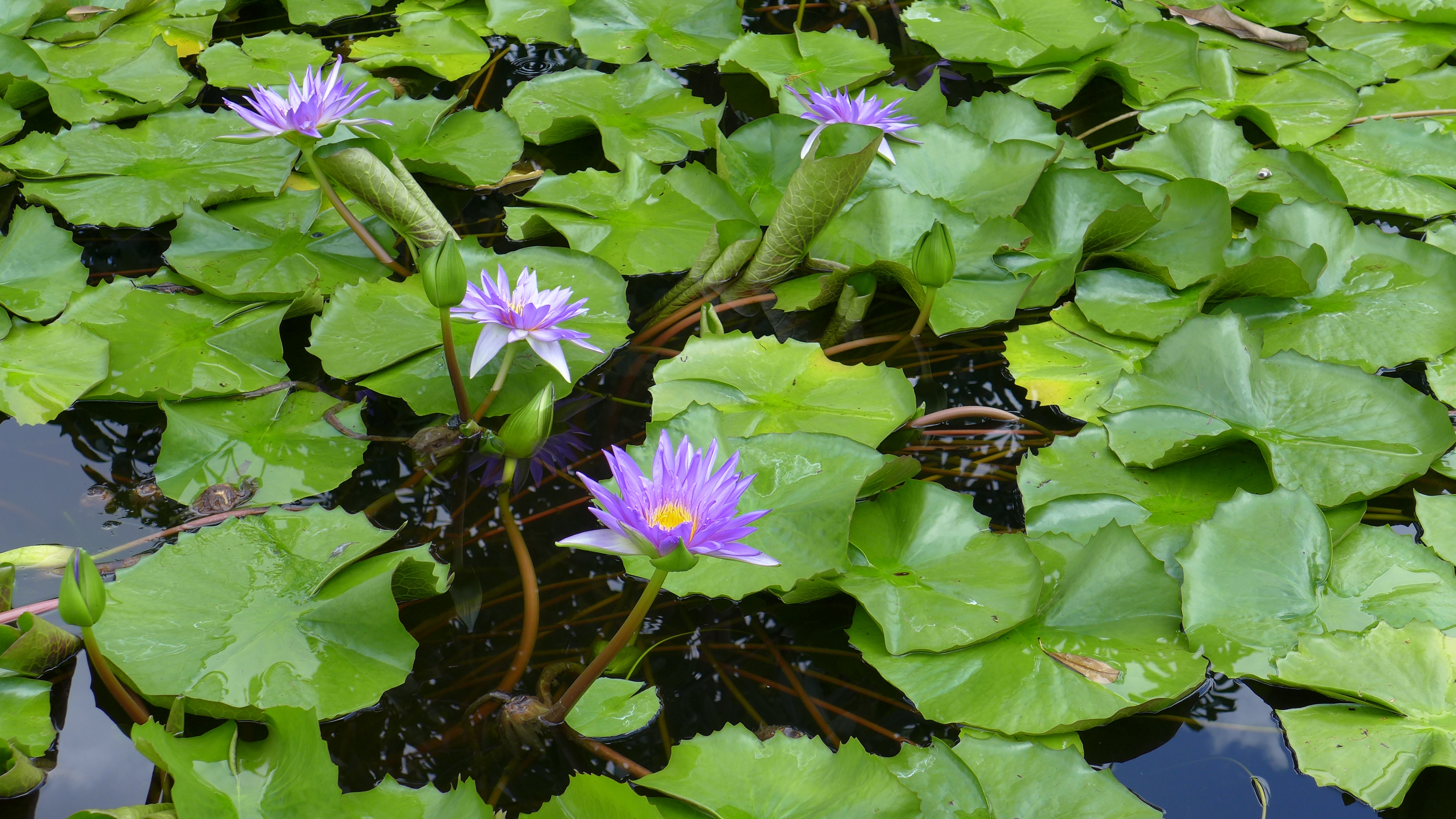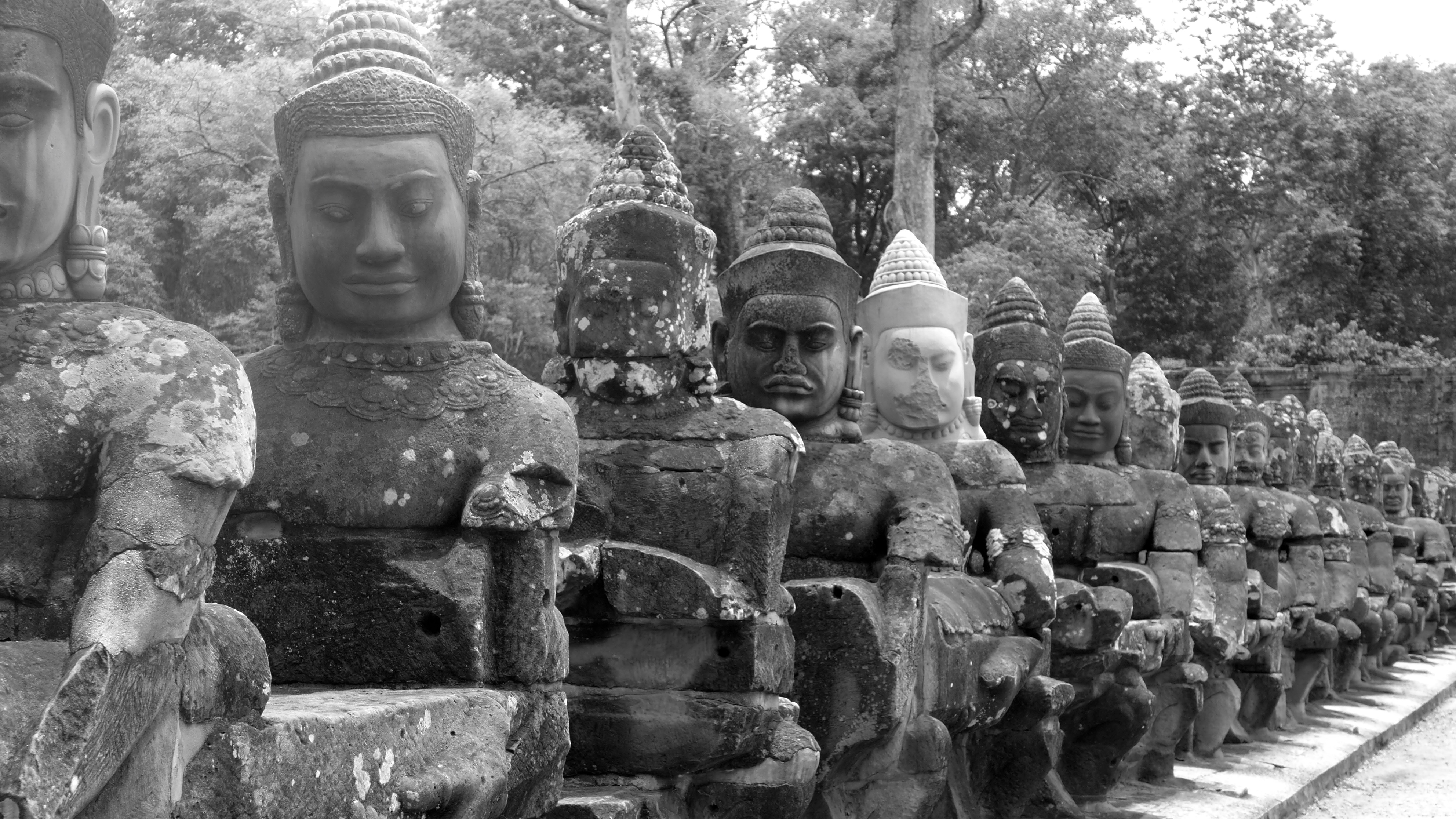As soon as we landed in Cambodia I felt an energy that I couldn’t quite name until we got to Phnom Penh a few days later. I began to wonder if I was sensing a deep sadness or a kind of low energy from the people. We of course met plenty of service providers who were welcoming and friendly. They too, were drawn into the girls’ tractor beam and then opened up a little to tell us about their own kids at home. Our hosts at the hostel in Siem Reap were wonderful and friendly especially young Meng who is in year 11 and making decisions about going on to study tourism at the university. Maybe I was projecting this feeling upon the people because from the little I have read about the history here, I felt sad. I felt sad when I saw people begging on the street who were missing limbs or the entire bottom half of their body seemingly due to a surprise landmine that are still found in the jungles, leftover from when the Khmer Rouge was on a killing spree. My heart was ripped in two with each child we encountered who was begging or selling trinkets on the street; I can still hear their haunting, monotone song of “one dollar, one dollar, one dollar”.
Cambodia has a long, long history of war and devastation. I am positive the lasting result is a country full of people who are traumatized and attempting to heal from witnessing violence, the loss of their family members and culture. Their way of life and religion was all but wiped out at the hands of corrupt rulers, secret bombings by the US and genocide by the Khmer Rouge. The people are faced with trying to reestablish their stolen culture and heritage in a country racked with poverty, lack of schools and basic needs for survival. What I have learned in my 20 years of working in the field of Mental Health is that healing from trauma is beyond difficult when your basic needs are not met. The people here are still in survival mode just trying to find clean water, food, and a decent place to sleep. Can you imagine what it would be like if we didn’t have the luxury of good, public education in the US or the basic infrastructures we enjoy? Come to Cambodia and find out for yourself whether or not tax dollars are well spent on schools, keeping our streets and water clean and traffic organized and safe. Come and see the trash piled high on the sidewalk attracting flies, stench and starving people who pilfer through it. Come and see what happens when the government no longer cares about the people but only themselves.
While staying at our hostel in Siem Reap we met a lovely man who is from India but is now living in Thailand. We traveled with him to Phnom Penh. He was nice enough to help us secure a bus ticket and then Tuk Tuk to our guesthouse once we arrived. Not only did he help us to navigate our way but also provided great insight into Buddhist and Hindu symbolism and practices. While visiting the National Museum in Phnom Penh he shared with me the meaning behind the lotus flower in Buddhist culture. Before we spoke, I had a vague understanding that the Buddha was born from this flower but Raj told me that its symbolism is also about learning to grow out of the muck and the mud toward goodness and beauty. It is a reminder that there will always be bad, negative and awful things in this world but if you move toward the light, led by your heart, and toward goodness then you can provide that light and goodness for others to follow as well. I know this in my heart already but my faith in humanity has been shaken for a long time, longer than the beginning of our travels. So, for me, he came across my path as a little messenger to remind me how important it is to see the lotus flowers in the world.
I held onto this symbol very tightly as we spent our last day visiting The Killing Fields and learned more about the gruesome genocide perpetrated by the Khmer Rouge. The Killing Fields of Phnom Penh that hold over 300,000 bodies is just one of these kinds of sites in Cambodia, there are many, many more. It is estimated that 1-3 million people of Cambodia were killed and dumped into these mass graves. No one whom Pol Pot believed was a threat to his mission was spared, not even babies. He rationalized his murder through slogans used for propaganda, one of them was “Better to kill an innocent by mistake than spare an enemy by mistake”. After we finished walking through the grounds the girls each said a prayer and made an offering of incense and flowers to the deceased souls and afterwards I had to sit down and let myself cry. I felt the pain of Cambodians, of the Syrian refugees fleeing their lands, the people of Istanbul, of Baghdad and all people who have lost their family members to violence around the world including my home country. It seems this slogan does not just belong to Pol Pot but it is also the propaganda of war.
However, this is not the end of the story. Underneath the scene of the woman picking through the pile of garbage, underneath the child begging on the street, the pollution, and the crazy traffic is a lotus flower growing out of the mud. What I know about trauma is that it takes great strength to survive and also to heal. I can feel the sadness here but I can also feel the strength. I can tell there is a movement of Cambodians who are saving their culture, who are finding their happiness once again and working toward changing the darkness to light even in the face of continued government corruption. I can feel it in the love that spices their food; in the sweet smiles we receive from locals relating to our family and in the Khmer artistry. My wish for Cambodia is to be the lotus, to find your thriving people again and lift them toward the light so they may see they are living in a field of lotus flowers.
A Prayer
Refuse to fall down
If you cannot refuse to fall down,
refuse to stay down.
If you cannot refuse to stay down,
lift your heart toward heaven,
and like a hungry beggar,
ask that it be filled.
You may be pushed down.
You may be kept from rising.
But no one can keep you from lifting your heart
toward heaven
only you.
It is in the middle of misery
that so much becomes clear.
The one who says nothing good
came of this,
is not yet listening.~Clarissa Pinkola Estés, The Faithful Gardner: A Wise Tale About That Which Can Never Die








